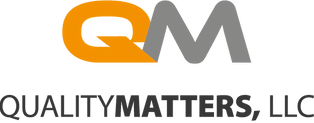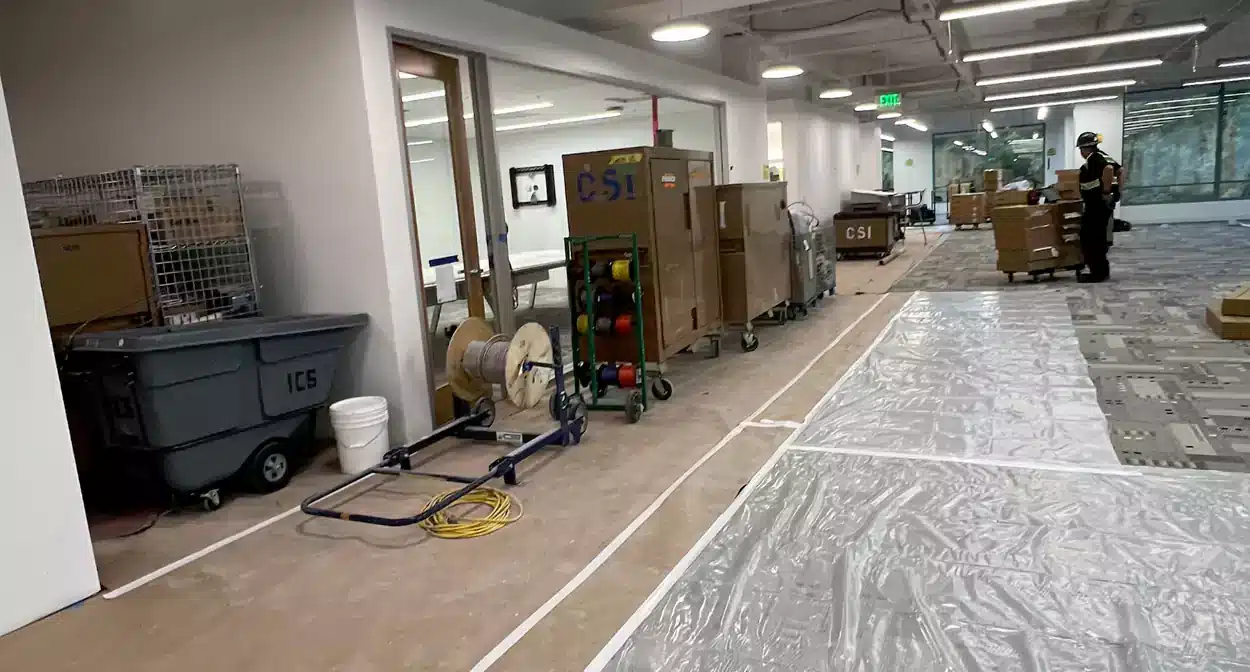1. Pre-Cleaning Safety Assessment
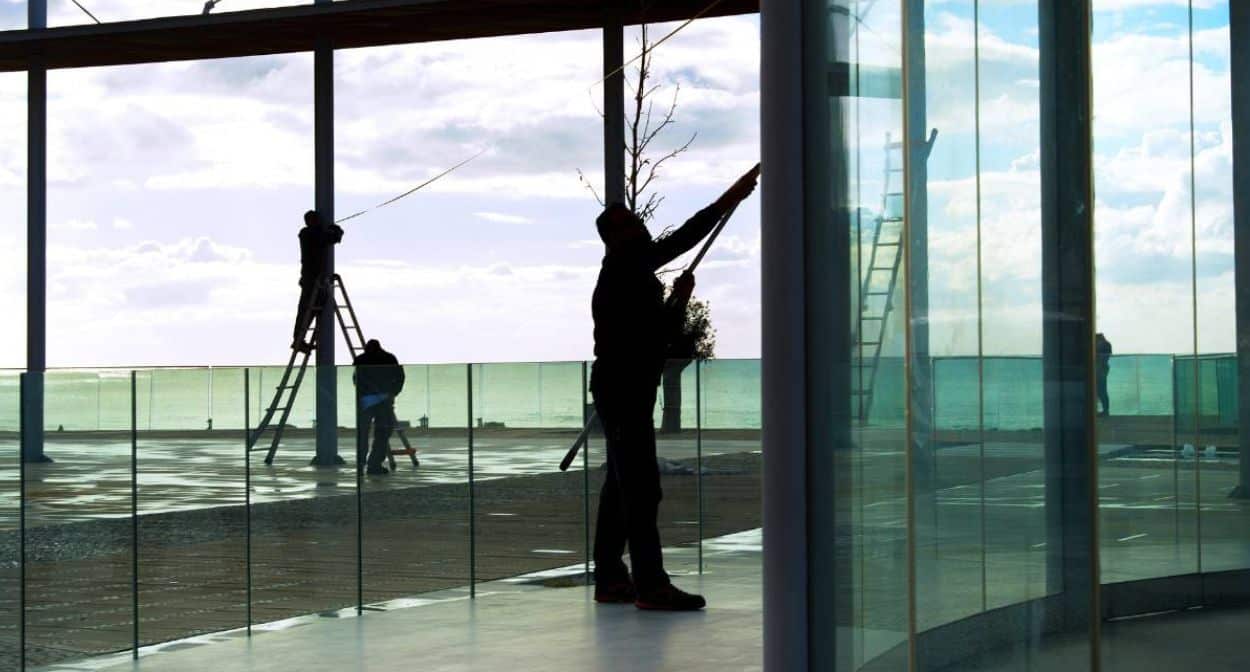
Key Actions:
- Conduct a walkthrough of the site with a checklist to document hazards.
- Consult with the construction project manager to understand any areas that may pose additional risks.
- Develop a detailed safety plan based on the assessment, which all team members must review and follow.
2. Personal Protective Equipment (PPE)
Using the appropriate Personal Protective Equipment (PPE) is essential in construction cleaning. The exact requirements may vary depending on the site and hazards identified during the assessment, but in general, cleaning crews should be equipped with gloves, masks, protective eyewear, and hard hats.
In addition, depending on the debris or cleaning agents being used, crews may also require:
- Respirators to protect against harmful airborne particles.
- Safety goggles for eye protection when using chemicals or power tools.
- Slip-resistant boots to navigate potentially slippery or uneven surfaces.
Ensuring that all employees are trained on the proper use and maintenance of PPE is crucial, as ill-fitting or improperly worn equipment can fail to provide adequate protection.
3. Handling Hazardous Materials and Chemicals
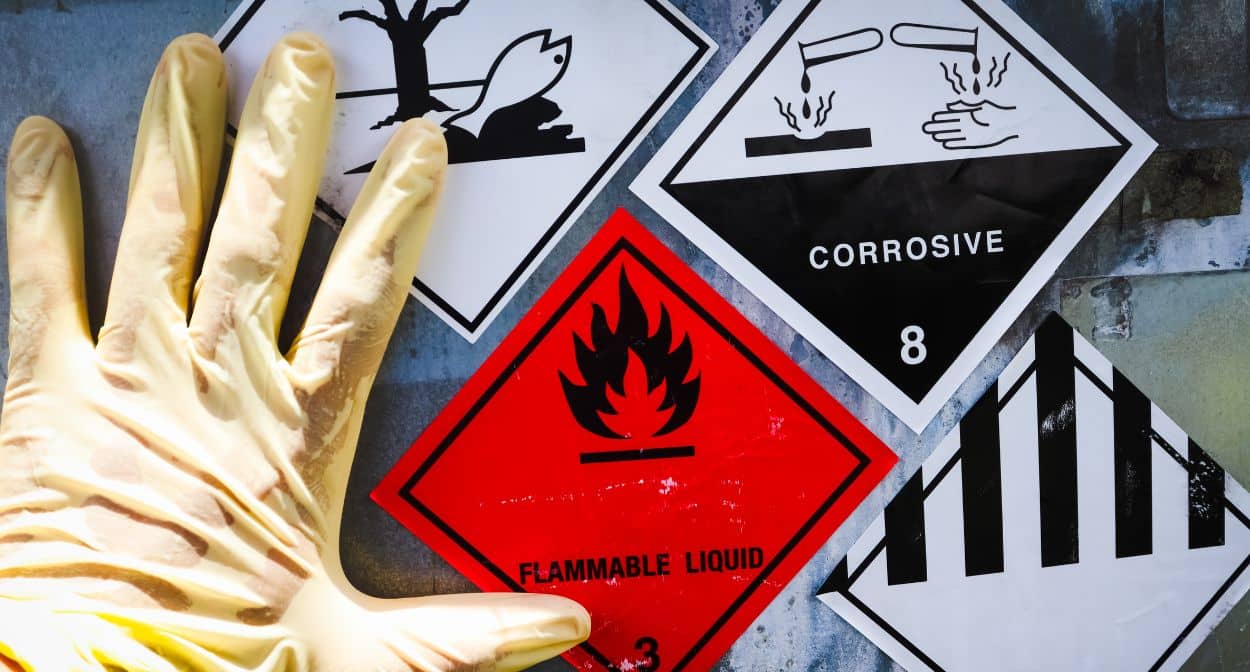
Key Actions:
- Clearly label all hazardous materials and store them according to OSHA guidelines.
- Train team members on the proper handling, storage, and disposal of hazardous chemicals.
- Use Material Safety Data Sheets (MSDS) for any chemicals on-site, which outline safe handling procedures and emergency measures.
4. Safe Debris Removal
Debris is a major part of post-construction cleaning and can be dangerous if not managed correctly. Sharp objects, heavy items, and unstable materials can all pose risks. Safe debris removal protocols should be in place to minimize these hazards.
Key Actions:
- Use appropriate lifting techniques and mechanical aids (e.g., dollies, forklifts) to prevent injuries from heavy lifting.
- Separate debris by type (e.g., metal, wood, hazardous waste) and dispose of each properly to avoid cross-contamination.
- Use designated disposal containers and avoid overloading them to reduce the risk of spills and accidents.
5. Dust and Air Quality Control
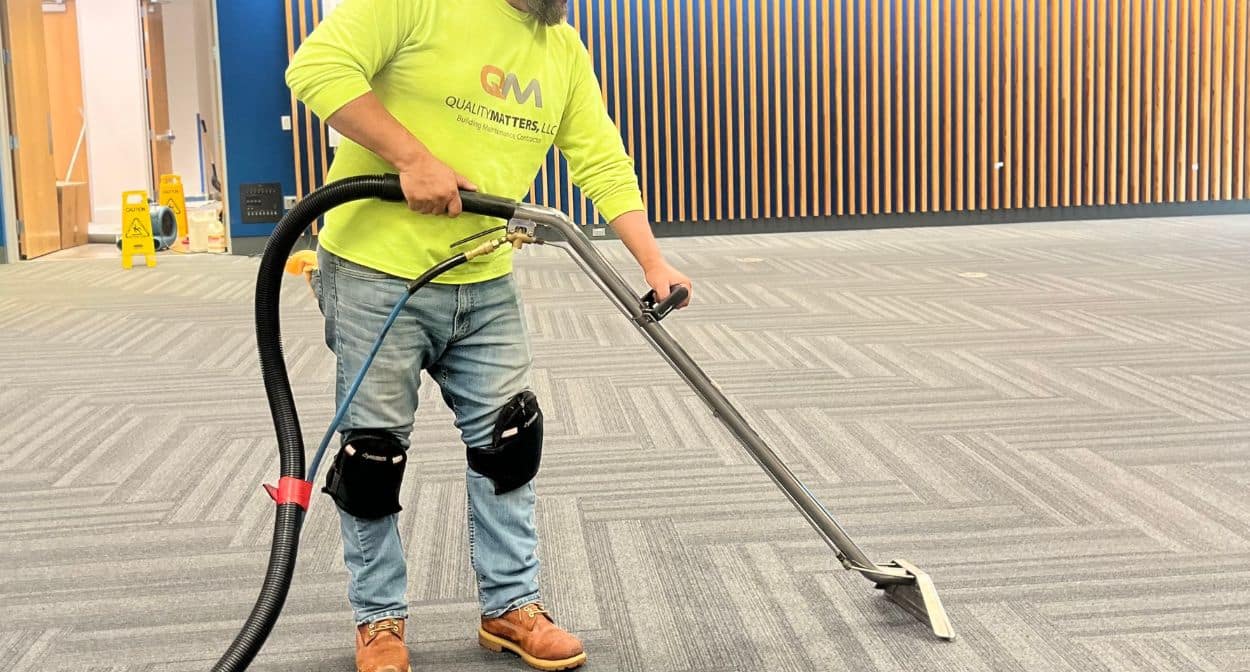
Key Actions:
- Use dust suppression methods, such as water sprays, to reduce airborne particles.
- Implement HEPA-filtered vacuum cleaners to capture fine dust particles more effectively.
- Ensure adequate ventilation in the work area and provide respirators as needed, especially when working in confined spaces or with hazardous dust like silica.
6. Electrical and Trip Hazard Awareness
Unfinished construction sites can pose unique risks such as exposed wiring and irregular flooring. It’s crucial to identify and mark all electrical and trip hazards before cleaning begins.
Key Actions:
- Secure and label all exposed electrical wires and ensure they are de-energized if possible.
- Use caution tape or cones to mark areas with potential trip hazards.
- Advise all team members to stay alert for uneven surfaces, loose cords, and other tripping dangers as they work.
7. Equipment Safety Protocols
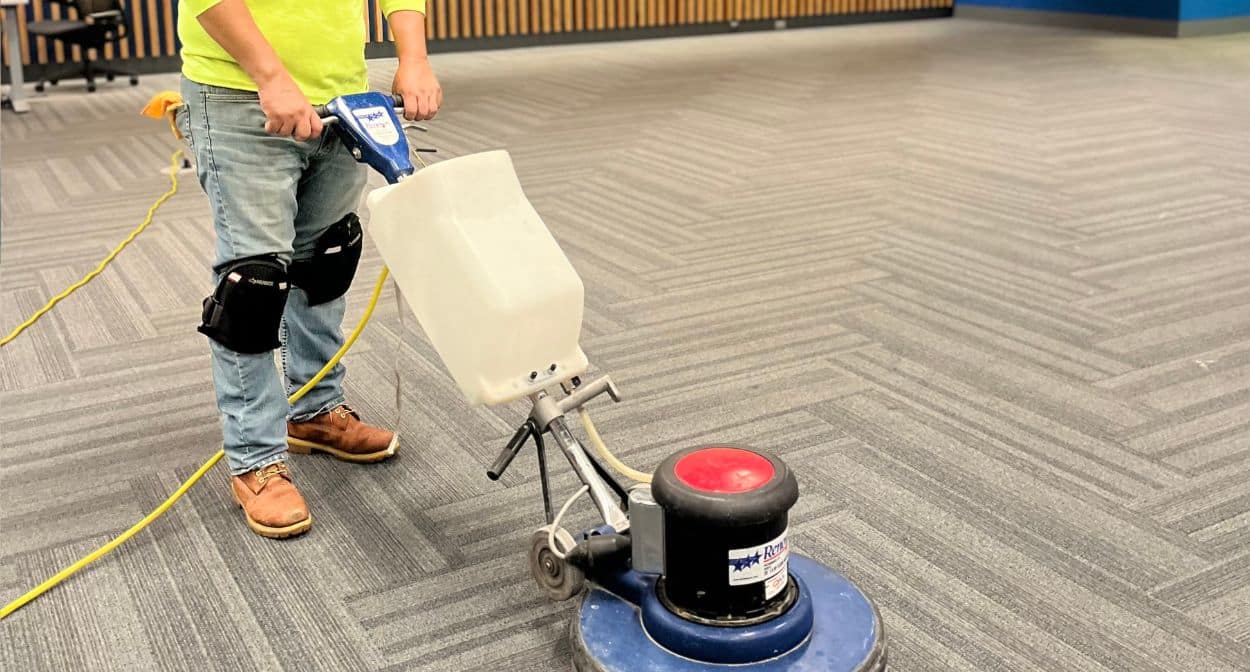
Key Actions:
- Inspect all equipment before use to ensure it is in good working condition.
- Train team members on the safe operation of each tool, including how to handle power tools and machinery.
- Adhere to ladder safety guidelines, such as maintaining three points of contact, placing ladders on stable surfaces, and not overreaching while on ladders.
8. Communication and Emergency Preparedness
Clear communication is essential in maintaining safety on a construction cleaning site. Establishing a protocol for daily check-ins, especially for larger sites, helps keep team members updated on any new hazards or changes in the cleaning plan.
Key Actions:
- Conduct daily safety briefings and highlight any new hazards or updates to the safety protocol.
- Ensure all team members are aware of emergency exits and have access to first-aid kits.
- Assign designated personnel to respond to emergencies and ensure they are trained in basic first aid and CPR.
9. Regular Safety Training
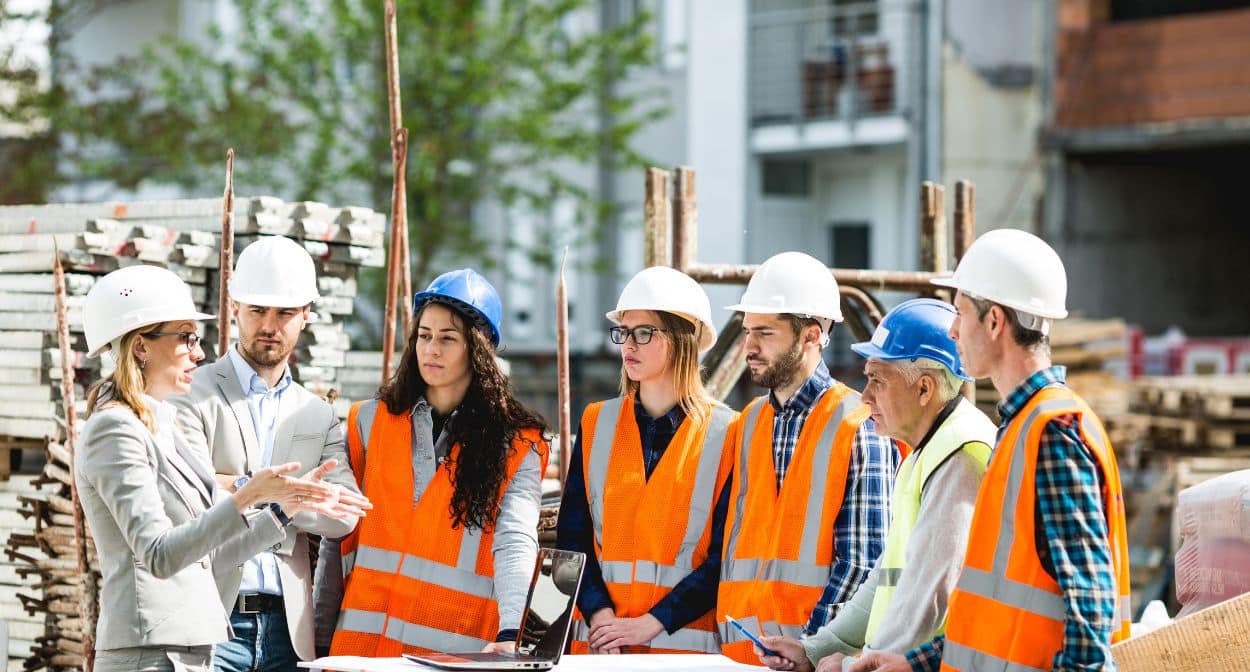
Ongoing safety training is key to maintaining a high standard of safety in construction cleaning. This includes training on specific job site hazards, correct PPE use, emergency response, and equipment handling.
Key Actions:
- Schedule routine training sessions that cover various aspects of safety, including new tools or updated protocols.
- Encourage team members to stay informed about safety best practices and reward safe behavior.
- Regularly review safety protocols to ensure compliance with OSHA standards and update as necessary.
Conclusion
Construction cleaning involves numerous hazards that require careful planning and adherence to strict safety protocols. By conducting pre-cleaning assessments, using proper PPE, handling debris and chemicals safely, controlling dust, and providing regular training, cleaning teams can protect themselves and maintain a safe worksite. Implementing these protocols not only safeguards your team’s health but also ensures that the site is left in optimal condition for its intended use.
